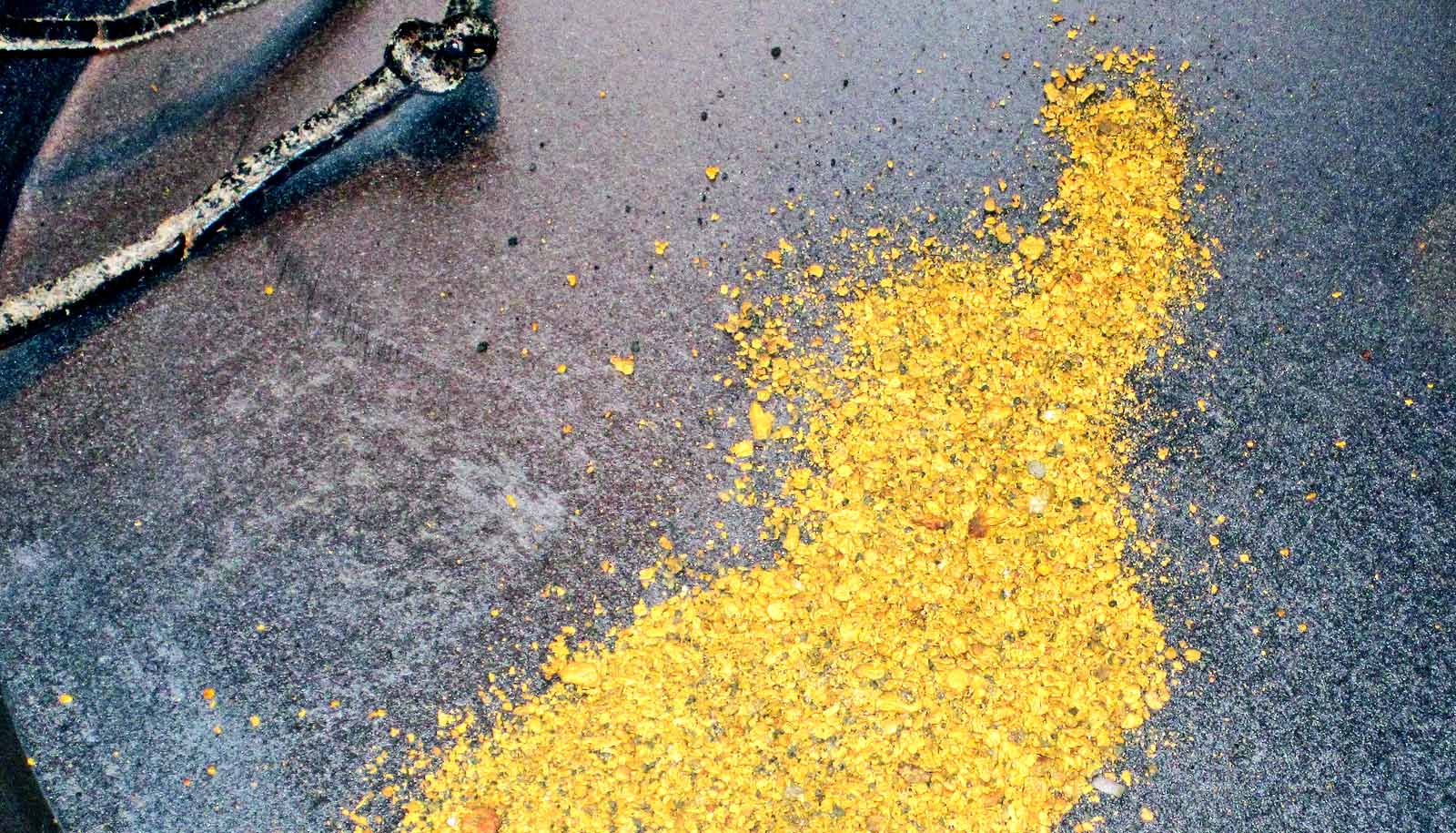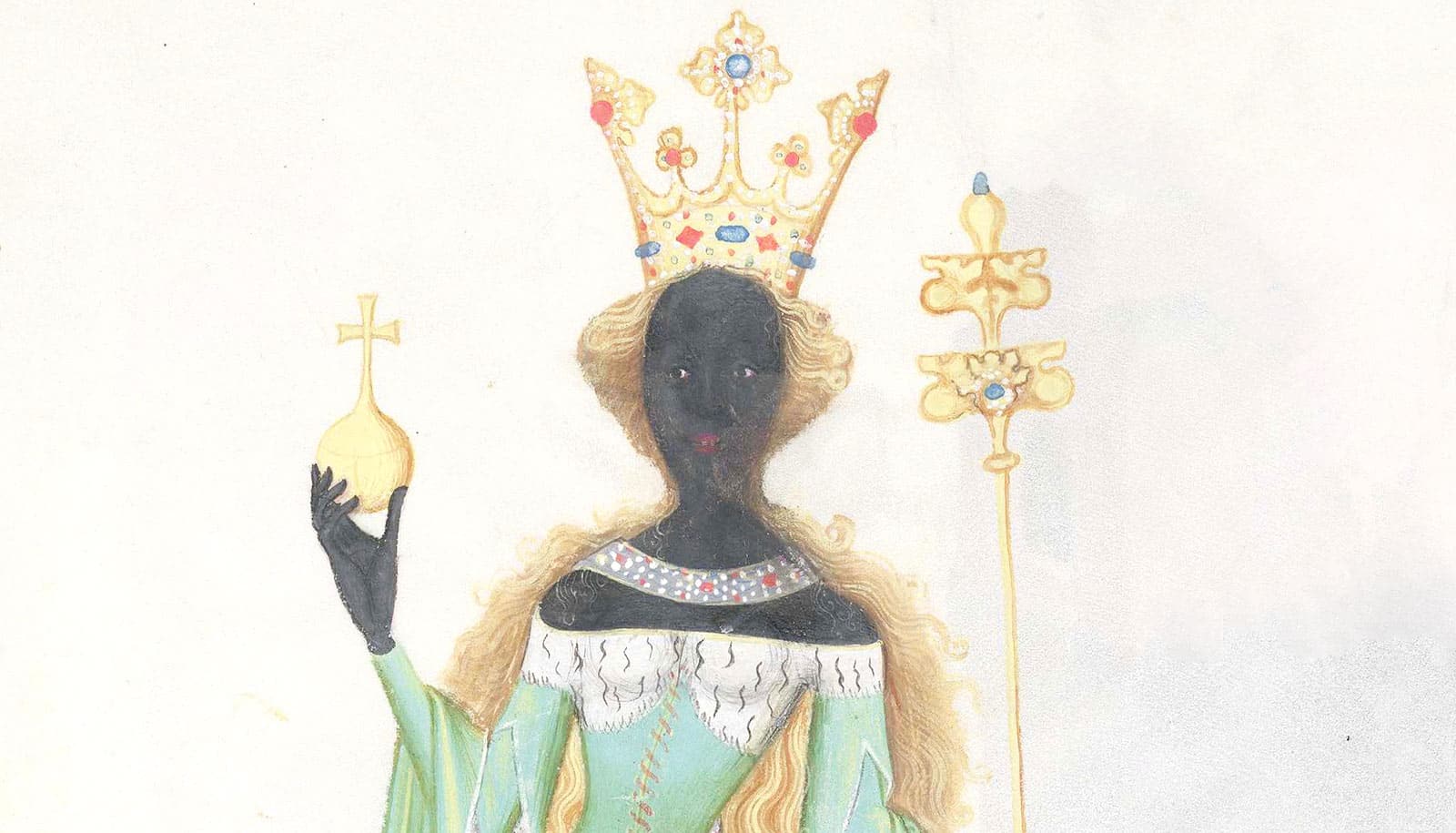A new genetic study of medieval people who lived along the Indian Ocean coast of eastern Africa—an area often called the “Swahili coast” for its language and culture—reveal that they had both African and Persian ancestry.
The results suggest that maritime trade connections long recognized by archaeologists based on imported goods and architectural influences fostered relationships between Asian merchants and African traders and their families.
A study on the findings appears in the journal Nature. It examines genetic ancestry and cultural influences in eastern Africa by using DNA from the skeletal remains of 80 individuals who were buried in six medieval and early modern coastal towns in Kenya and Tanzania dating to the years 1250-1800 and an inland town in Kenya dating to after 1650.
Analysis of the genetic data let scientists estimate that people of African and Persian ancestry began to have children together around the year 1000, centuries before the burials themselves.
“That’s when we start to see archaeological evidence for major cultural changes, associated with adoption of Islam,” says Rice University professor of anthropology Jeffrey Fleisher, a senior author of the study.
Fleisher and senior author Stephanie Wynne-Jones, professor of archaeology at the University of York, led many years of excavations and a field school for Rice students at two of the coastal towns in the study, Songo Mnara and Kilwa Kisiwani.
Fleisher says prior archaeological and historical research showed that Persian Gulf merchants visited the eastern African coast for trading. These traders stayed for months at a time until winds changed and allowed them to sail back home.
The new study reveals that some people buried in the elite cemeteries of coastal towns had mostly African ancestry. But they also had a large proportion of Asian ancestry—and some had more than half. The Asian ancestry overwhelmingly came from Persian men.
“The findings were very eye-opening and suggestive of the ways in which African traders were fostering different types of alliances with Persian merchants during the early second millennium, probably by marrying off daughters and building their family connections,” Fleisher says. “And the people we studied were their descendants.”
The researchers estimate that while individuals of African and Asian origins began to have children together by about the year 1000, the sources of Asian ancestry had shifted from Persia to Arabia by about 1500. This reflected a shift in economic and political influences on the coast.
Fleisher says the findings offer new understanding of an area previously understood to be a Persian colony.
“In the last 30 years, archaeological excavations have revealed the African foundations of Swahili society, showing deep historical roots and African origins for coastal architecture and material culture, rather than Persian inspiration,” he says. “And the individuals living here were speaking Swahili, a local Bantu language, and carrying on local traditions in their daily lives.”
Fleisher says the findings also corroborate oral histories of the Swahili people who now live in East Africa, who have long said their ancestors came from Persia.
“For a long time historians and archaeologists thought that Swahili peoples were using their connections to Persian and other foreign traders to bolster themselves locally, but our data reveals that these oral records were correct,” he says. “In the paper, we emphasize the importance of taking these oral traditions seriously and not simply discounting them as political statements or maneuvering.”
Prendergast emphasizes how the study contributes to the young field of African archaeogenetics.
“Even though African populations are the most genetically diverse in the world, the continent is understudied, and we long thought ancient DNA simply wouldn’t be preserved,” she says. “This study shows not only that there is excellent ancient DNA preservation, but that genetic analyses can be used to help archaeologists understand the foundations of African towns, a topic overlooked in the studies to date, which tend to focus on human origins.”
The genetic research took place at Harvard University. The study of Swahili DNA was initiated by Chapurukha Kusimba, professor of anthropology at the University of South Florida and senior author of the study.
The study had funding from the National Institutes of Health, the John Templeton Foundation, the Allen Discovery Center, the Paul G. Allen Family Foundation, the Howard Hughes Medical Institute, and the National Science Foundation and Arts Humanities Research Council (UK).
Source: Rice University



